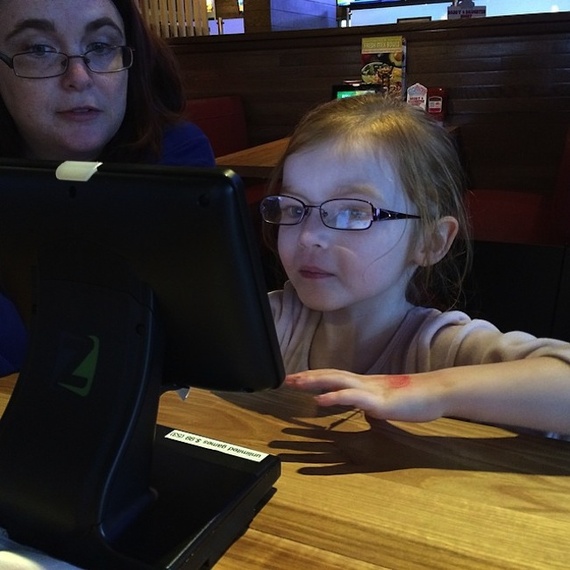Anyone who works in the tech industry knows just how quickly a single new piece of technology can change the way we function, and there’s probably no example that better illustrates this than the way the mobile industry has changed how we do just about everything. We’ve gone from only being able to send short messages with our phones to being able to control drones with them, and now, reports are saying that mobile phones have made gadgets like calculators and alarm clocks obsolete.
That’s not all they’re slowly making obsolete, though. The popularity of mobile devices has skyrocketed since the invention of the smartphone, with Gaming Realms, a company that specializes in designed mobile-optimized slots with no-deposit free spins, has reported that there were 1 billion smartphone users in 2012, and this number is expected to double by the end of this year. For years, people have been talking about how e-books might be killing paper, and though all research points towards the opposite, mobile seems to be starting to trump paper in another field: restaurant menus and warehouse checkouts. Businesses in the US and the UK have begun establishing tablet-ordering systems, and results and feedback have been favorable.
 The motivations for using tablet ordering systems are quite universal: they were expected to improve the efficiency and accuracy of order picking while saving in labor and paper costs. When Chili’s implemented tablet ordering with the help of Ziosk, they reduced service wait times, and boosted overall satisfaction with their services because the tablets also allowed children to play games like Z-Trivia, keeping them entertained while they wait for their food to be served. Chili’s is a prime example, because they’ve tried to strike a balance between convenient ordering through tablets and interaction with service personnel, as even though appetizers, drinks and desserts can be ordered through the tablets, main course orders are still taken by a server in person.
The motivations for using tablet ordering systems are quite universal: they were expected to improve the efficiency and accuracy of order picking while saving in labor and paper costs. When Chili’s implemented tablet ordering with the help of Ziosk, they reduced service wait times, and boosted overall satisfaction with their services because the tablets also allowed children to play games like Z-Trivia, keeping them entertained while they wait for their food to be served. Chili’s is a prime example, because they’ve tried to strike a balance between convenient ordering through tablets and interaction with service personnel, as even though appetizers, drinks and desserts can be ordered through the tablets, main course orders are still taken by a server in person.
Casual restaurants are also starting to look into devising a similar system. According to Adam Rapoport, Editor-in-Chief of Bon Appetit, “I think the casual dining places do it for two reasons: One, it sort of expedites the whole process and gets more people in and out the door quicker. And two, it cuts down on labor costs and it’s more efficient.” It also helps that there are now several different companies that offer tablet-ordering services at competitive rates, but there are still some issues to contend with. For one, tablets, unlike paper menus, have a short lifespan of a few hours before they need to be charged, unless they stay plugged into consoles, which would then limit their portability. This system seems to work for Chili’s, however, as they’ve seen a 20% increase in dessert and appetizer sales since implementing tablet ordering.
The mobile industry has changed the way we do most of our business, and the restaurant industry is no different. With technology rapidly evolving and becoming even more accessible, it’s likely that tablet ordering will soon be in many restaurants across the world.



